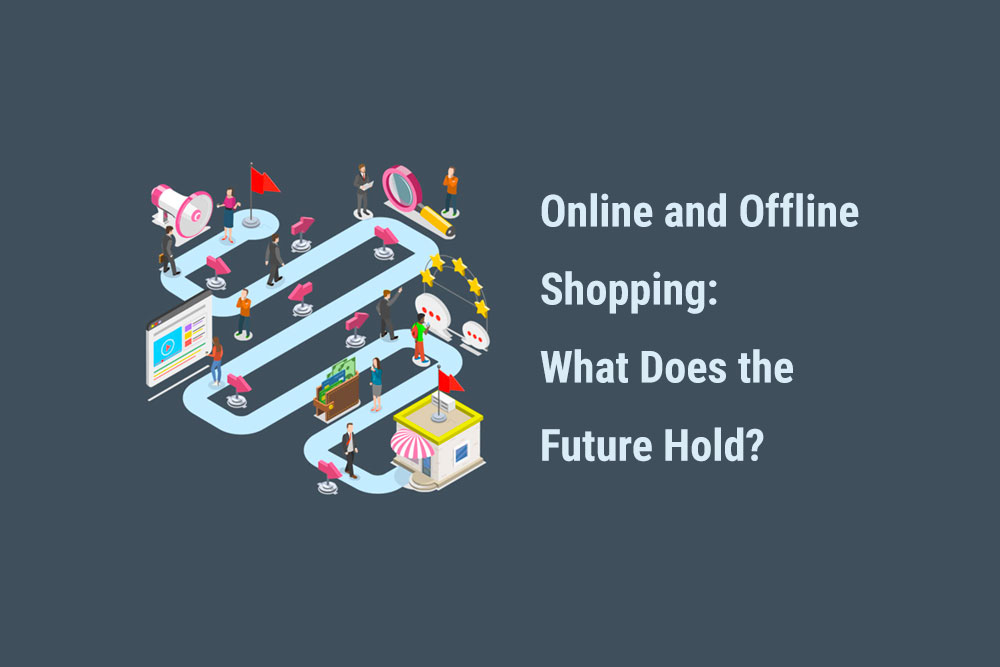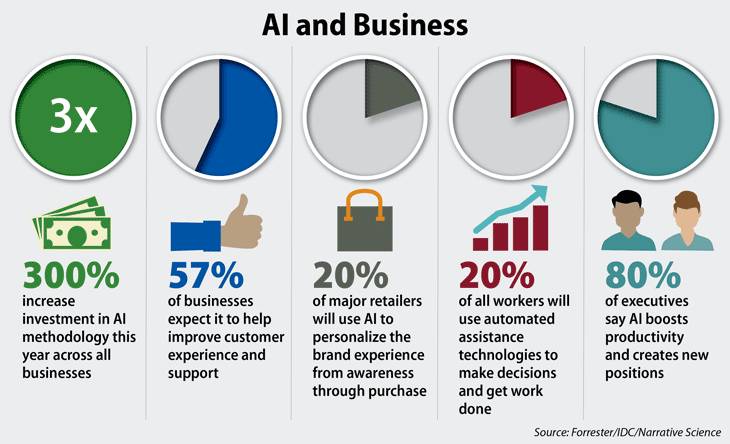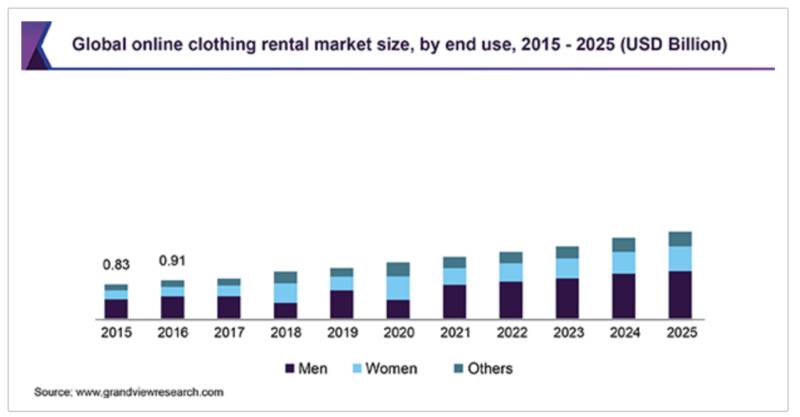


Quando nel 2017 abbiamo previsto le tendenze dello shopping online e offline, l'attenzione si è concentrata, inevitabilmente, sulle ricerche da dispositivi mobili, sul branding e sull'esperienza d'acquisto. Guardando al futuro del commercio al dettaglio, soprattutto ora che la pandemia è in corso, tutti fanno sempre più affidamento sulle potenzialità dello shopping online. Ma qual è il potenziale per il futuro dello shopping online e offline nel prossimo anno?
Gli ultimi anni sono stati caratterizzati dal commercio D2C (Direct To Consumer). I clienti hanno sempre più bisogno di accedere a marchi a prezzi più bassi, ma si sta assistendo a una crescita dei marchi premium a marchio privato. Il settore D2C sta vivendo un profondo cambiamento; i clienti si rivolgono ai marchi privati non per la convenienza, ma per i prodotti di qualità superiore offerti e per le esperienze di acquisto personalizzate e migliorate associate ai marchi premium:

numerator.com/resources/blog/private-label-evolution-rise-premium-private-label
Mentre molti utenti si affidano a eBay o Gumtree per i loro acquisti di seconda mano, la tendenza si è spostata verso la sostenibilità anziché sui costi:
Il mercato del lusso sta ampliando la sua portata, ed è qui che la vendita di articoli di lusso di seconda mano cambierà il settore. I marchi stanno ora aprendo il proprio marketplace di reCommerce. L'esperienza di eBay o Gumtree è un approccio semplice e poco entusiasmante, ma il settore del reCommerce offre un'esperienza di acquisto entusiasmante.

Fonte: https://www.datamation.com/artificial-intelligence/artificial-intelligence-in-business.html
L'intelligenza artificiale sta già aiutando i clienti a trovare prodotti specifici e a visualizzarli meglio. Dal punto di vista di un'azienda, l'intelligenza artificiale aiuterà presto i negozi online a trovare clienti grazie ad algoritmi intelligenti. Le tendenze attuali, analizzate insieme al comportamento degli acquirenti nei canali di vendita e ai prodotti, mostrano un approccio personalizzato a vantaggio del cliente. Dal punto di vista delle aziende, questo consentirà di risparmiare ore di redazione di report e calcoli, senza incrementare immediatamente i profitti.
È qui che la cosa si fa interessante. Sebbene i negozi fisici siano ancora molto popolari, la crescita dell'e-commerce alla luce della pandemia ha evidenziato che, sebbene le persone continuino ad acquistare articoli online, si sta diffondendo la tendenza a combinare l'online con il mondo fisico. L'e-commerce è in forte espansione e, sebbene non stia raggiungendo i negozi fisici, si sta diffondendo la tendenza dei negozi pop-up con i nostri rivenditori online preferiti:

Fonte: https://www.businessinsider.com/amazon-planning-to-open-first-grocery-store-2019-11
I punti vendita fisici sono ancora qui per restare, ma molti punti vendita diventeranno presto un luogo di esperienze. Proprio come i comuni showroom di automobili, molti punti vendita inizieranno a utilizzare i negozi come mezzo per esporre i prodotti. Ma il negozio fisico non scomparirà presto. Mentre i numeri dell'e-commerce sono aumentati nel 2020 e i negozi al dettaglio non hanno beneficiato altrettanto della pandemia, i clienti ora preferiscono farsi consegnare la spesa o acquistare articoli online. Ma il negozio fisico che tutti conosciamo non scomparirà.
Nel 2017, il cliente non aveva accesso a prodotti intelligenti come quello di oggi. Alexa è stata fantastica nell'aiutare le persone in casa, ad esempio accendendo le luci e riproducendo musica, ma ha iniziato a infiltrarsi nell'e-commerce:
Con le aziende che si impegnano a sfruttare le opportunità SEO offerte dagli smart speaker, molte aziende sono costrette a cercare di accaparrarsi un mercato che necessita di un rapido accesso ai negozi online. Il tempo è essenziale e gli smart speaker come Google Home stanno aprendo la strada.

https://www.grandviewresearch.com/industry-analysis/online-clothing-rental-market
Un aumento degli affitti
Le piattaforme P2P (peer-to-peer) hanno registrato una crescita significativa e, nonostante l'e-commerce sia in forte espansione, lo shopping online presenta ancora notevoli problemi. I resi causano problemi sotto diversi aspetti, tra cui:
Sembra che gli affitti possano tornare ad aumentare. Un tempo vivevamo in un'epoca in cui si noleggiavano articoli come televisori o mobili, e questo è un settore in cui molti rivenditori stanno nuovamente cercando di espandersi. Offrendo ai consumatori la possibilità di noleggiare dispositivi elettronici, mobili o persino abbigliamento, questa è l'opportunità perfetta per le aziende di espandere la propria portata riducendo al minimo il potenziale di resi.
Andando oltre gli smart speaker, gli spot televisivi "shoppable" lanciati dalla NBC alla fine del 2019 hanno aiutato gli spettatori ad acquistare gli articoli visti sullo schermo. Se un cliente guarda un programma e apprezza il capo d'abbigliamento indossato da un personaggio, i programmi si collegano a un'app per dispositivi mobili per aiutare i clienti ad acquistare quell'articolo. Presto, questa funzionalità sarà integrata nelle smart TV, con l'obiettivo principale di trasformare lo shopping in un'esperienza fluida.
Quale delle due è migliore per il cliente medio? Sebbene i componenti dell'intelligenza artificiale offrano un'esperienza più fluida per i clienti e richiedano meno lavoro per l'azienda, esiste un'ampia varietà di risorse per evidenziare la loro rilevanza anche al giorno d'oggi. Ma sarà durante le prossime festività natalizie che la risposta diventerà evidente.
La giuria non si è ancora espressa per quest'anno, ma possiamo affermare con certezza che lo shopping online e quello offline sono ancora in disaccordo tra loro, ma con cambiamenti entusiasmanti all'orizzonte, il futuro appare roseo per il commercio al dettaglio.

"*" indica i campi obbligatori

"*" indica i campi obbligatori

"*" indica i campi obbligatori
Lascia una risposta
Devi essere effettuato l'accesso per pubblicare un commento.